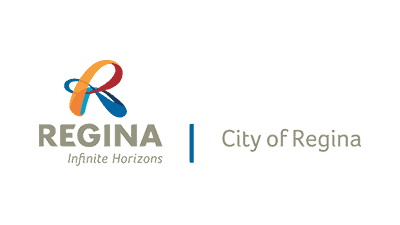Regina is the capital and second largest city in Saskatchewan, after Saskatoon, with a total population of 215,106 and a metro population of 236,481. Regina city was established in 1882 and has a total land area 179.97 square kilometer and its metropolitan area has a land area of 4,324.39 square kilometers. Thus, the city has a population density of 1,195.2 per square kilometers and a metropolitan area population density of 54.7 per square kilometers. This makes the metropolitan area the 18th most populated metropolitan area in Canada.
It is also a commercial and cultural center in southern Saskatchewan. Previously, Regina was the seat of the North-West Territories until Saskatchewan became a province of its own. The name “Regina” is the Latin word for “Queen”. The city was so named in honor of Queen Victoria in 1882 – it was formerly known as Wascana which is a Cree word for “Buffalo Bones”.
The major drivers of Regina’s economy include oil and natural gas, bentonite, potash, kaolin and sodium sulphite. Regina is also notable for agriculture, and several industries, especially the automotive industry. The city has a remarkable cultural life in terms of music, dance and theatre, and so forth. Regina has Canada’s oldest continuously performing orchestra, the Regina Symphony Orchestra. The orchestra performs in the Saskatchewan Center of the Arts.
Regina is notable for several festivities. The city’s annual festivals include the Regina Folk Festival, the Regina Dragon Boat Festival, the Kiwanis Music Festival, Queen City Pride, the Craven County Jamboree, and many more.
To learn more about Regina, click here.


